According to the Center for Disease Control, almost 30 million Americans have diabetes, and 25% of those do not even know it. Preventing diabetes is a critical part of reducing the long-term health detriments that it is doing to our country. The number of people who suffer from diabetes continues to rise, and another 86 million American adults have prediabetes. Without intervention, up to 30% of people with prediabetes go on to develop type 2 diabetes within a period of five years.
When you have diabetes, your main goal to stay healthy is to regular your blood sugar. Many people use prescription medication and insulin to do this, but studies strongly suggest that drinking green tea can also make diabetes more manageable. Here are ten reasons why green tea is good for the prevention and management of diabetes.
Type 2 diabetes, which accounts for over 90% of all diabetes cases, is largely preventable through lifestyle changes, including diet, exercise, and weight control. That’s why there’s growing interest in natural dietary solutions that complement medical treatment and improve metabolic health. Among these, green tea has emerged as a powerful ally. Its high concentration of antioxidants, particularly catechins like EGCG (epigallocatechin gallate), has been linked to improved insulin sensitivity and reduced inflammation—two crucial factors in managing and preventing diabetes. With its long history in traditional medicine and increasing support from modern research, green tea is more than just a soothing beverage—it may be a valuable tool in the fight against this chronic disease.
1. Green Tea Can Reduce the Risk of Developing Diabetes
In a study performed in Japan, those who drank at least six cups of Japanese green tea daily decreased their chances by one-third of developing type 2 diabetes compared to people who consumed under one cup per week. This significant difference points to a potential dose-response relationship, where higher consumption leads to greater protective effects. The study, published in the Annals of Internal Medicine, tracked over 17,000 Japanese adults over five years, highlighting that green tea’s natural compounds may influence glucose metabolism and insulin sensitivity. While six cups may seem like a lot, even moderate daily intake—combined with other healthy lifestyle choices—can contribute meaningfully to diabetes prevention. Green tea’s accessibility and affordability also make it a practical addition to anyone’s daily wellness routine, especially for those at risk of metabolic conditions.
2. The Catechins in Green Tea Have Powerful Health Benefits
Several ideas have been proposed to find the link between green tea and its beneficial effects on blood sugar. Catechins are a natural phenol and antioxidant. They can be found in several foods, including peaches, barley, and vinegar, but are most readily available in green tea. This effective ingredient in green tea has shown itself to be the main attributable factor in reducing the risk of diabetes. (Read more about catechins in my other article.)
Catechins may play a role in enhancing insulin activity and reducing glucose absorption in the digestive tract. One of the most powerful catechins, EGCG (epigallocatechin gallate), has been shown to help decrease oxidative stress and improve endothelial function, which benefits cardiovascular health—a major concern for people with diabetes. As ongoing research continues to explore the therapeutic potential of catechins, it becomes increasingly clear that regular consumption of green tea may offer both preventive and protective effects against various metabolic disorders, especially type 2 diabetes.
3. Green Tea Helps the Body Effectively Metabolize Sugar
People suffering from diabetes are unable to properly maintain healthy blood sugar levels. While insulin is produced by people without diabetes to decrease blood sugar, people with diabetes are not sensitive to insulin, making blood glucose levels rise. A study done on mice found that green tea helps sensitize the body's cells so they can metabolize sugar better.
In addition to the mouse study, human trials have also shown promising results. Some clinical studies suggest that green tea extract may improve insulin sensitivity and reduce fasting blood glucose levels in individuals with type 2 diabetes or prediabetes. By supporting more efficient sugar metabolism, green tea may help prevent glucose spikes after meals and contribute to better long-term glycemic control. This makes green tea a potentially valuable natural supplement in managing blood sugar alongside prescribed medications and healthy lifestyle choices.
4. The Polyphenols in Green Tea Make it a Powerhouse for Antioxidants
Polyphenols are great antioxidants that help reduce oxidative stress in the body. They also help arteries to widen, which in turn decreases blood pressure, cholesterol, and prevents clotting. These health benefits reduce the risk of developing any heart disease, which is relatively higher in people who have diabetes than in those who do not. The polyphenols in green tea also aid in the regulation of glucose in the body, which works to control diabetes.
Moreover, polyphenols like EGCG have demonstrated anti-inflammatory and anti-obesity effects, both of which are closely linked to improved insulin sensitivity. Their role in protecting pancreatic beta cells—the very cells responsible for producing insulin—can be especially important in slowing down the progression of diabetes. By combating chronic inflammation and reducing oxidative cellular damage, green tea polyphenols support not only blood sugar balance but also overall metabolic health, making them an essential component in any diabetes prevention strategy. (Read more about polyphenols in my other article.)
5. Unfermented Leaves Make Green Tea More Potent Than Other Teas
Unlike some other teas, according to the University of Maryland Medical Center, green tea is especially beneficial because it is prepared from unfermented leaves. This leaves the tea in its pure form, destroying a very small amount of its polyphenols. Drinking green tea from 100% pure leaves that have not been processed is the most natural and effective way to obtain its health benefits.
Because the tea leaves are minimally processed, they retain higher concentrations of catechins and other antioxidant compounds that are typically lost during fermentation. This makes green tea a superior choice for those seeking to maximize the health benefits from tea consumption. Additionally, the lack of fermentation also means green tea contains lower levels of caffeine compared to black tea, making it a suitable option for people who want a gentler energy boost without the risk of jitteriness or sleep disruption. The purity and potency of unfermented green tea support its role as a powerful natural aid in maintaining blood sugar balance and overall wellness.
6. Moderate Caffeine Can Give You Just the Boost You Need
Without physical activity and weight loss, people put themselves at a higher risk of developing diabetes. With the caffeine boost that green tea provides, it can help boost you into motion to get some physical activity. According to the Center for Disease Control, the number one cause of diabetes is obesity. Without containing too much caffeine that is likely to set you up for a crash later in the day, it provides just a slight boost to get you going in the morning.
In addition to helping with energy levels, the moderate caffeine content in green tea can enhance mental alertness and focus—making it easier to stay motivated throughout the day. Unlike the intense jolt from coffee or energy drinks, green tea provides a smoother and more sustained lift due to the presence of L-theanine, an amino acid that promotes calmness and balances the stimulating effects of caffeine. This unique combination supports both physical activity and a balanced state of mind, which is particularly helpful for people managing diabetes who need consistency in both energy and mood.
7. Free Radicals Are no Match for Green Tea
An excess of free radicals contributes to developing diabetes, along with other health problems. The strong antioxidants that are found in green tea work to neutralize free radicals in the body, which can help prevent the damage that they cause. Most doctors believe that free radicals are the primary contributor to aging. They are created through the everyday processes of eating, breathing, and physical activity. Free radicals hurt the body by tearing cell nuclei apart, killing important DNA components. This creates cell mutations, which can lead to many health problems including cancer. As green tea neutralizes these particles before they can damage genetic material, it slows down the aging process.
This antioxidant defense is especially important for people with diabetes, as high blood sugar levels can accelerate oxidative stress and increase the production of free radicals. Over time, this oxidative damage may contribute to complications like nerve damage, kidney disease, and cardiovascular issues. The polyphenols in green tea not only counteract these harmful effects but also help reduce inflammation at the cellular level. By reinforcing the body’s natural defense systems, green tea plays a crucial role in protecting long-term health for those managing or trying to prevent diabetes.
8. Green Tea Attacks Obesity
Japanese green tea lowers your levels of fatty acids and triglycerides, which control obesity and prevent complications that may surround people who suffer from obesity. Additionally, the catechins in green tea also boost metabolism and are able to reduce your appetite. If you replace your regular soda or sugary beverage with green tea each day, you will be saving yourself hundreds of calories. This is a huge step in the right direction when it comes to fighting diabetes.
Obesity is one of the strongest risk factors for developing insulin resistance and type 2 diabetes, making weight management a critical component of diabetes prevention. Green tea not only helps reduce visceral fat—the dangerous fat stored around internal organs—but also supports thermogenesis, the process by which the body burns calories to produce heat. This natural boost to the metabolism, when combined with a balanced diet and physical activity, can significantly enhance weight loss efforts. Over time, these benefits help reduce the body’s demand for insulin and improve blood sugar control, making green tea a valuable ally in the fight against obesity-related diabetes. Read more about this topic on my another article - Japanese Green Tea and Diet.
9. Green Tea Will Help You Exercise
Drinking green tea can help your body burn a higher amount of calories throughout the day than you would if you chose a different beverage. This also helps to increases metabolism and allows you to exercise with more stamina. Green tea also stimulates the nervous system, which begins the process of burning fat. Drinking a cup of green tea in the morning can give you the energy you need to get going and finish a strong workout before starting your day.
For individuals managing diabetes, incorporating physical activity into their daily routine is essential for controlling blood glucose levels and improving insulin sensitivity. The natural compounds in green tea, including caffeine and catechins, work synergistically to enhance fat oxidation and improve endurance during moderate-intensity exercise. This means that even a brisk walk or a light workout can become more effective when supported by green tea. By promoting better energy use and fat burning, green tea not only motivates you to move but also makes each workout session more productive in supporting metabolic health and diabetes management.
10. Green Tea Protects You From Hyperglycemia
If left untreated, hyperglycemia will release oxidative stress leading to health problems like diabetic retinopathy. A Brazilian study researched the benefits of green tea in protecting the retina in rats who are suffering from diabetes. The diabetic rats were given green tea constantly for 12 weeks. The study showed that green tea could protect the retinas of the rats from any disease that is caused by diabetes, such as the neurodegeneration disorder diabetic retinopathy.
This protective effect is attributed to green tea’s rich antioxidant content, particularly EGCG, which helps shield delicate retinal cells from inflammation and oxidative damage. Hyperglycemia can impair blood flow to the retina and lead to vision problems or blindness if not managed properly. By neutralizing harmful free radicals and supporting vascular health, green tea may slow the progression of diabetic complications not only in the eyes but also in other organs affected by high blood sugar, such as the kidneys and nerves. While more human studies are needed, these findings highlight the potential of green tea as a natural supplement for those at risk of diabetes-related complications.
Tips for Consuming Green Tea at Home
It is important for those suffering from diabetes to pay close attention to tips for getting the full benefit out of their green tea consumption. Firstly, it is important to drink enough green tea so that it is effective. This equates to about four cups per day. This will provide you with up to 1000 mg of polyphenols per day, which is the desired amount for positive health results and for the body to recover itself from damage. Polyphenols values may vary between 5 to 180 mg per cup of green tea, so you need to consume enough for the best result.
Drink your green tea plain without adding cream, sugar, or milk. This is especially important for people who have diabetes. The addition of sugar into green tea counteracts any weight loss benefits that it provides.
Drink your green tea in the morning to start your day off with an appetite suppressant. This will prevent you from eating large portions throughout the day. Green tea will also stimulate the metabolism, which is best done in the morning.
Remember that drinking green tea alone will not cure diabetes. It is important to incorporate it into a healthy lifestyle with exercise and healthy food. While green tea can help protect your body from diseases such as diabetes or those that are associated with diabetes, green tea by itself will not cure the disease.
If you’re new to green tea, consider starting with a high-quality loose-leaf variety or trusted Japanese green tea brands that retain higher levels of antioxidants. Steep the tea for 2–3 minutes in water that is hot but not boiling—around 70°C to 80°C (160°F to 175°F)—to preserve the delicate catechins. Also, avoid drinking green tea on an empty stomach, as it may cause mild nausea for some individuals. By preparing it properly and making it part of a daily wellness habit, green tea can become a simple yet powerful tool in supporting your blood sugar management and overall health goals.
Conclusion
Japanese green tea offers a wide range of health benefits that make it a valuable addition to the daily routine of anyone looking to prevent or manage diabetes. From improving insulin sensitivity and reducing blood sugar spikes to supporting weight loss and protecting against complications like hyperglycemia and retinopathy, the natural compounds in green tea—especially catechins and polyphenols—work in powerful ways to support metabolic health. While green tea is not a cure for diabetes, when combined with a balanced diet, regular exercise, and proper medical care, it can play a meaningful role in promoting long-term wellness and reducing the risks associated with this growing health concern.
Product Recommendation For Diabetes
Following premium green tea provided by JapaneseGreenTeaIn.com has high amounts of health benefit mentioned above. We recommend this product specifically for Diabetes.
This article was originally published in 2017, but has been updated for 2023.
Get Free Bonus Books

Sign up for free to the Green Tea Club to get advice and exclusive articles about how to choose Japanese Tea, and tips, tricks, and recipes for enjoying Japanese tea.
About the author
Kei Nishida
Author, CEO Dream of Japan
Certification: PMP, BS in Computer Science
Education: Western Washington University
Kei Nishida is a passionate Japanese green tea connoisseur, writer, and the founder and CEO of Japanese Green Tea Co., a Dream of Japan Company.
Driven by a deep desire to share the rich flavors of his homeland, he established the only company that sources premium tea grown in nutrient-rich sugarcane soil—earning multiple Global Tea Champion awards.
Expanding his mission of introducing Japan’s finest to the world, Kei pioneered the launch of the first-ever Sumiyaki charcoal-roasted coffee through Japanese Coffee Co. He also brought the artistry of traditional Japanese craftsmanship to the global market by making katana-style handmade knives—crafted by a renowned katana maker—available outside Japan for the first time through Japanese Knife Co.
Kei’s journey continues as he uncovers and shares Japan’s hidden treasures with the world.
Learn more about Kei
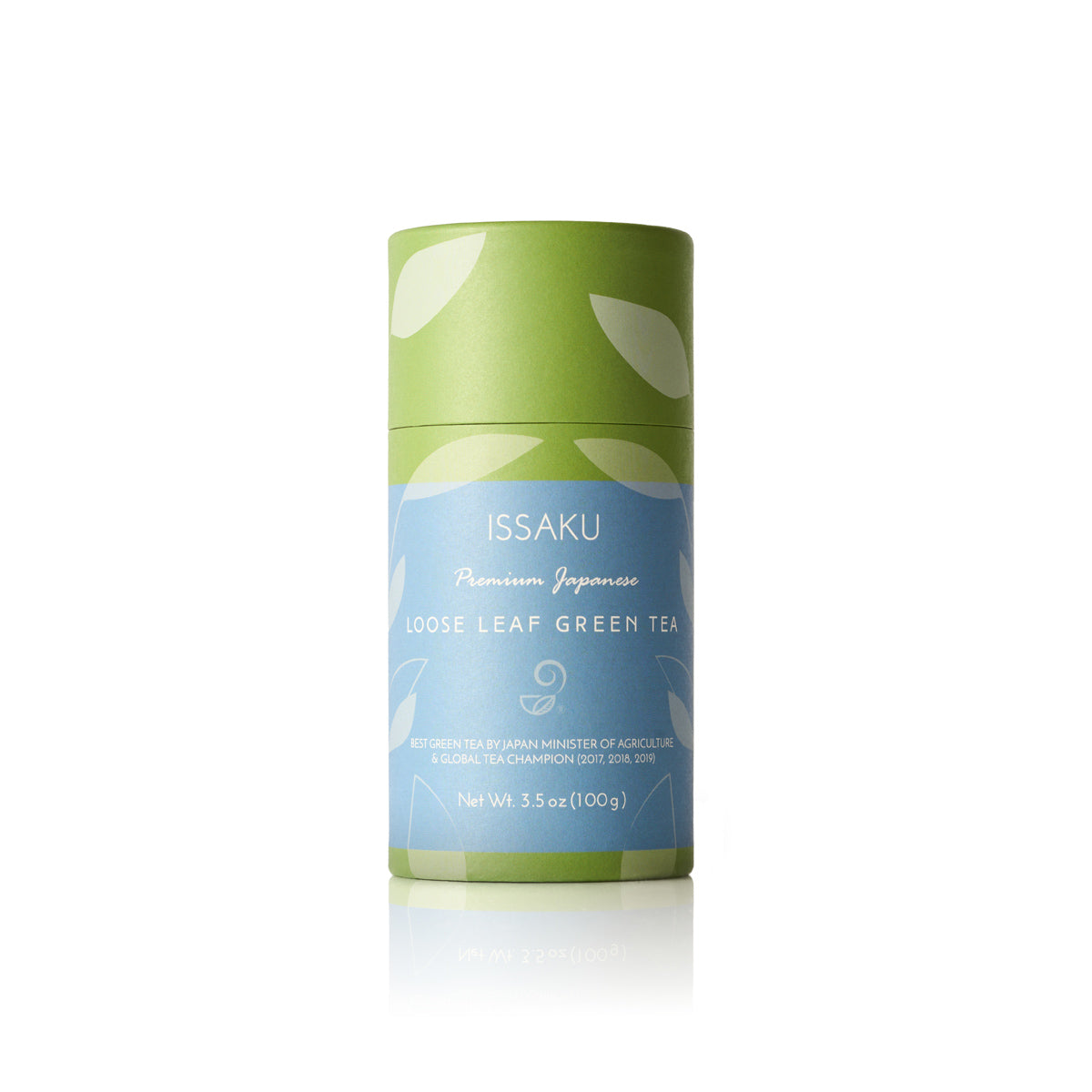
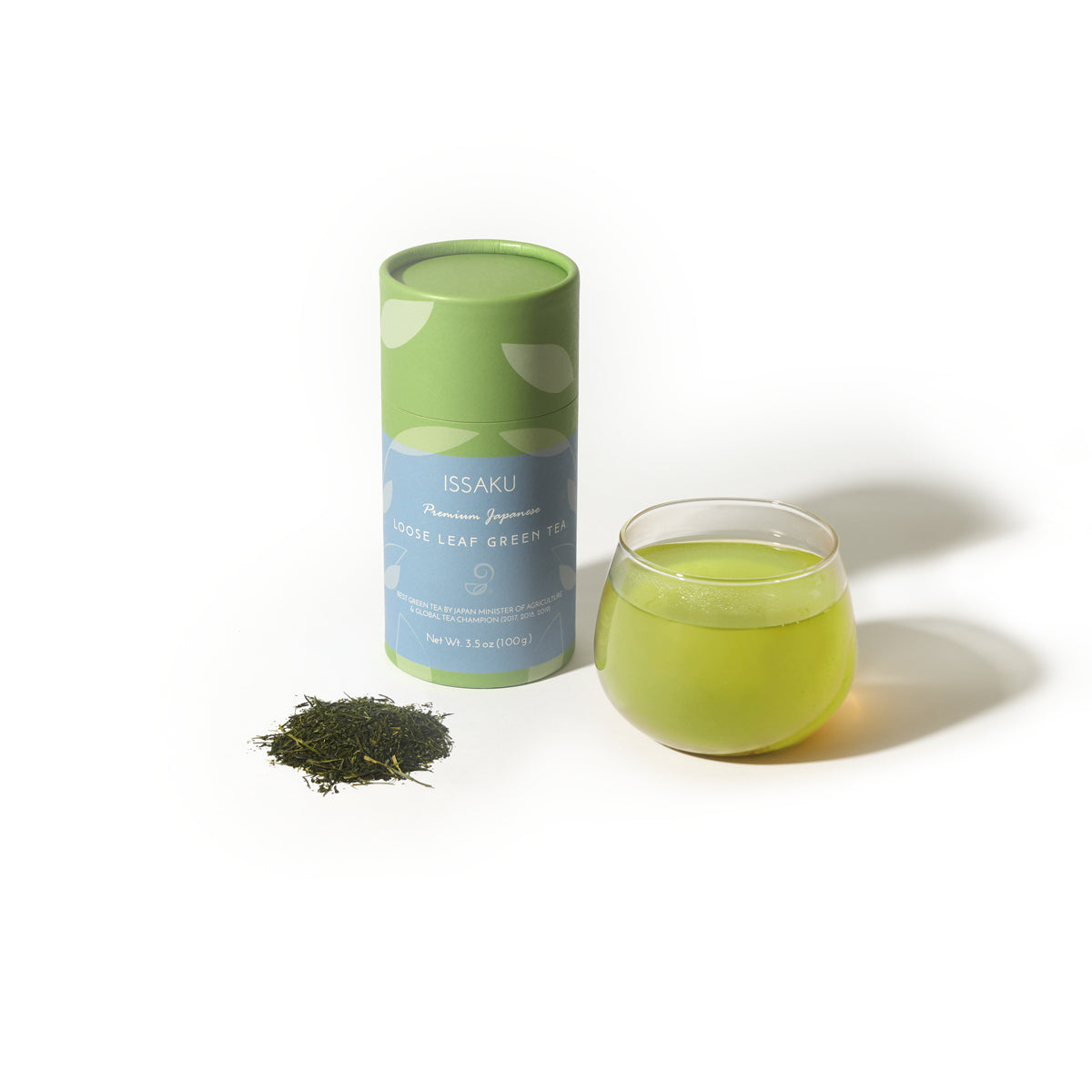
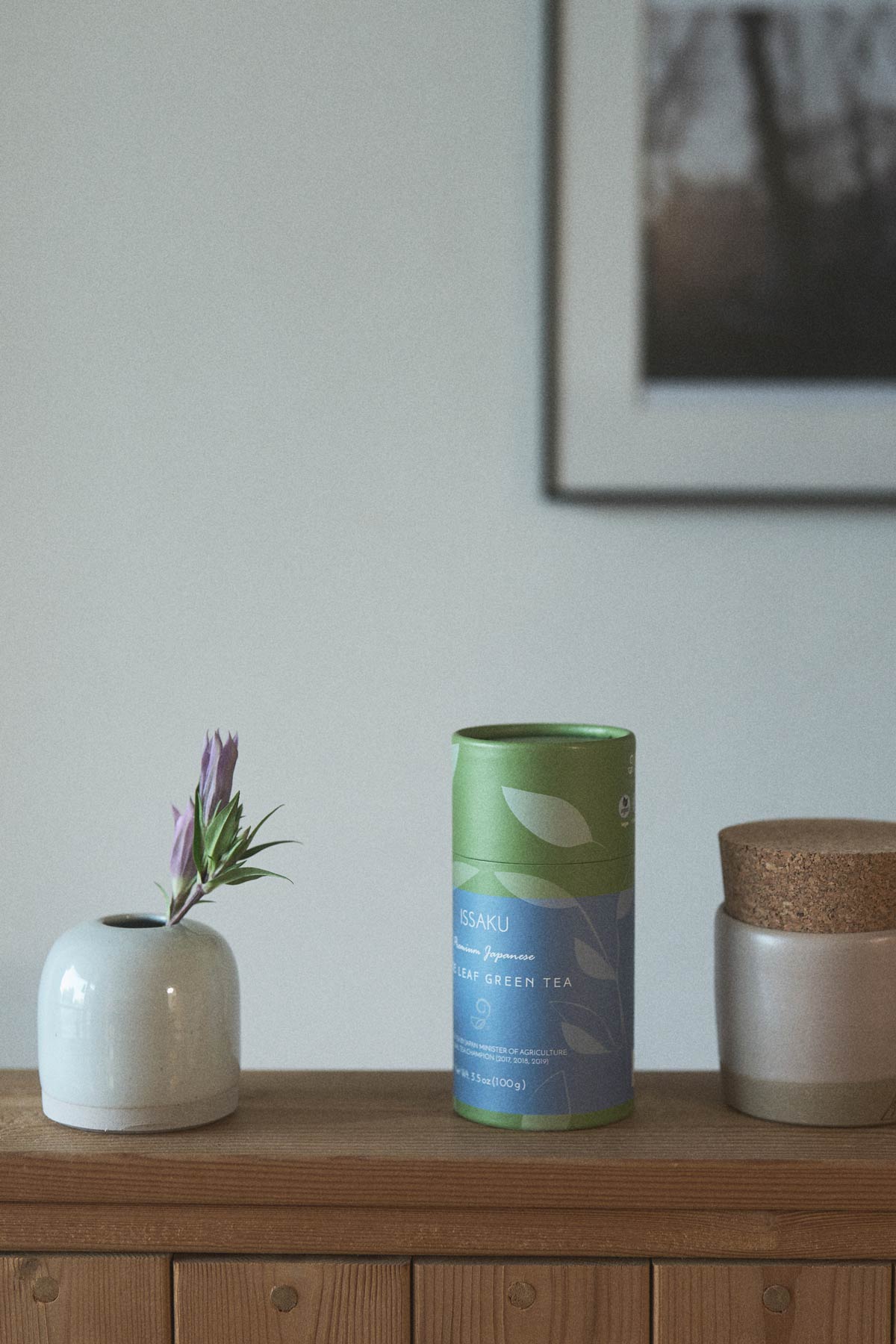
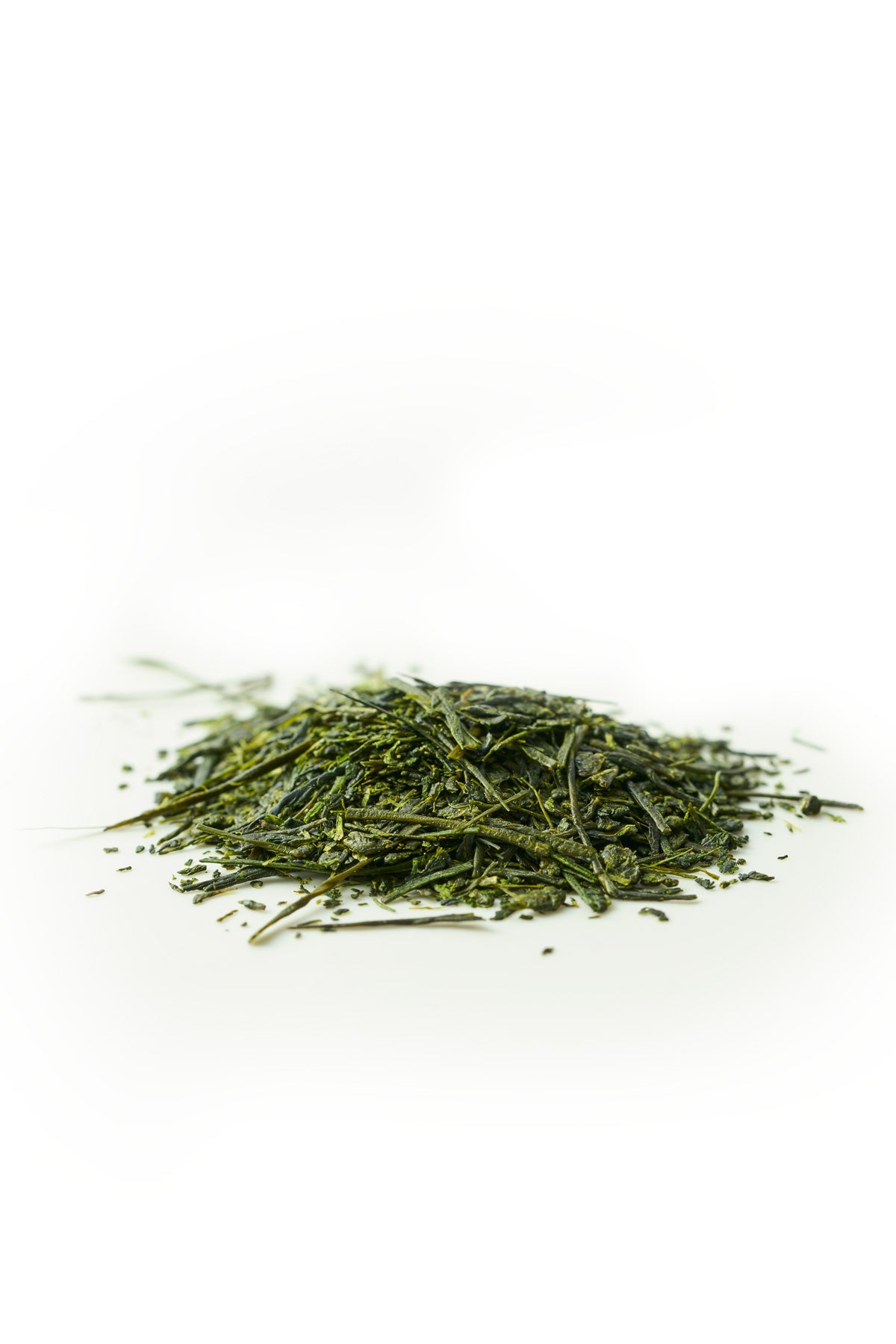



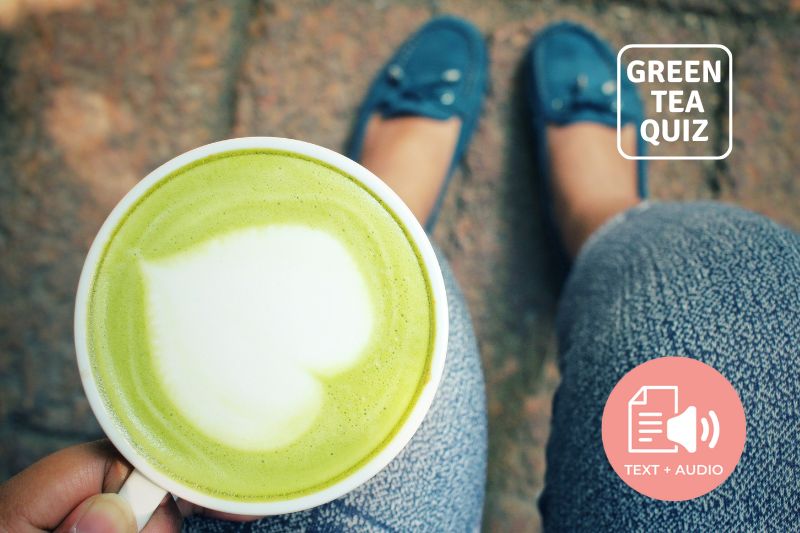




Thank you for sharing this article. I understand that green tea won’t cure my diabetes but will help in some ways. There was alot of things I didn’t know about green tea and it’s benefits. I am not a tea drinker but I am willing to try.
This was a very informative post. I never knew that there were so many great health benefits that come along with drinking green tea! Thank you!